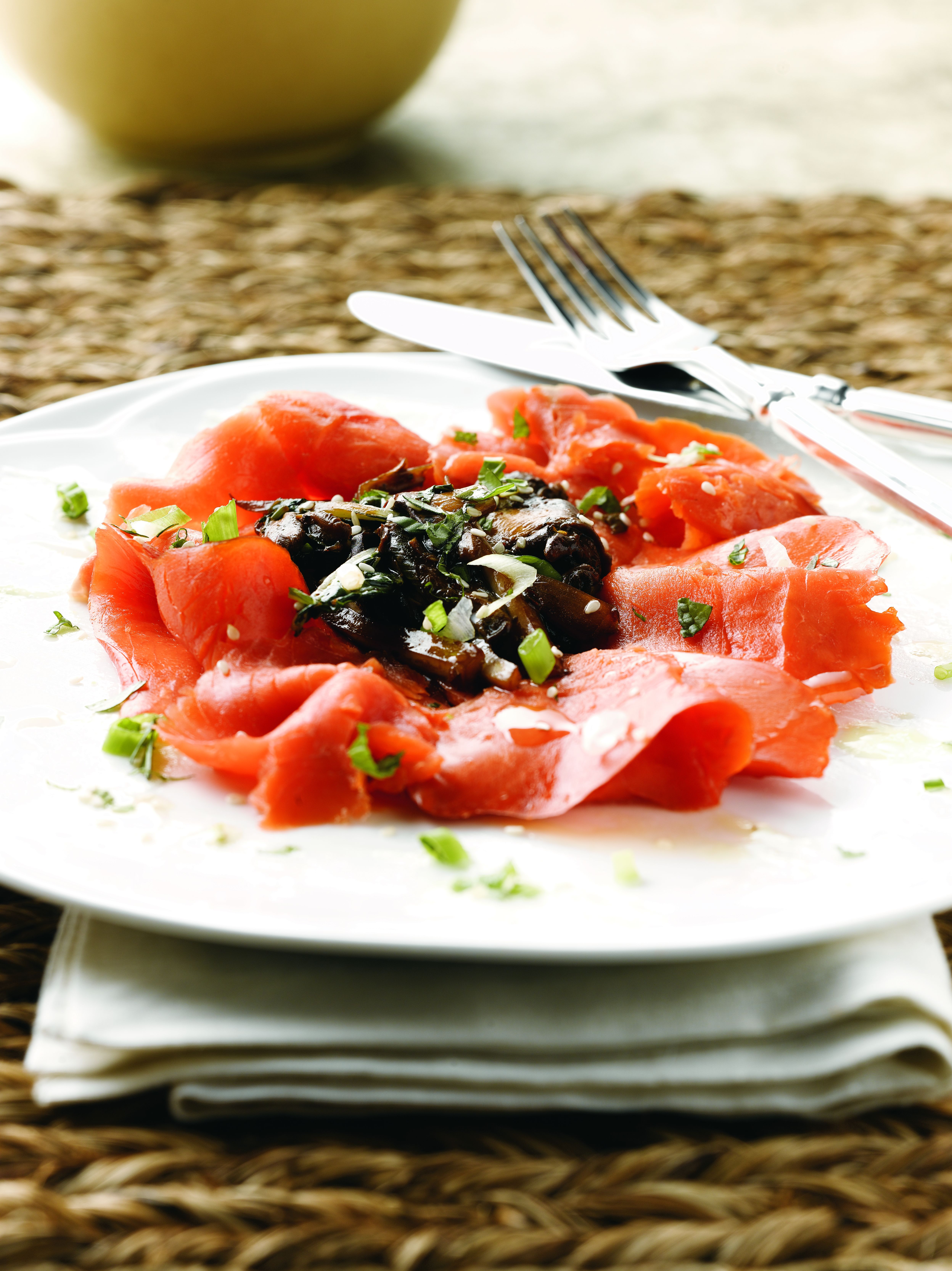Salmon Preparation & Recipes
(scroll down for recipes)
Thawing
Salmon tastes best fresh from the water, but second best if frozen quickly after being harvested and kept frozen all the way to your kitchen. You do not want to buy “fresh” salmon on ice from your grocery store since salmon on ice will never be as “fresh” tasting as frozen salmon.
Frozen fillets thaw faster than you might think. Throw a frozen fillet in its packaging into a sink of cold water and it will thaw in one to two hours depending on fillet size. And it is possible to bake, grill and pan fry frozen salmon making cooking with frozen fillets even quicker. Just drop in some cold water and wait a few minutes so you can slide the fillet out of the packaging while the oven pre-heats.
Once out of the packaging rinse the fillet, both sides, under cold water and pat dry with a paper towel. Do not leave thawed fillets at room temperature for any length of time.
Skinning
For recipes that require the fillet to be skinned and cut into smaller pieces like Ceviche, salmon fingers or salmon tacos, I do the skinning and portioning before the fillet is fully thawed. The flesh is easier to cut when slightly frozen. With that said, skinning a slightly frozen fillet is not easy, so don’t expect to get all the skin off in one go. If skinning the whole fillet at once makes you nervous, you can cut the fillet in 3-inch portions and skin those individually.
Here are a few YouTube links to skinning salmon, and a popper fillet knife makes it easier but it is possible to de-skin with a chef’s knife as well.
Cooking
Cooking salmon that is slightly frozen keeps it moist if that is your preference. Most people are happiest eating their salmon after the flesh turns a lighter red or pink color and becomes slightly opaque. For those that cook with thermometers the FDA recommends cooking salmon to an internal temperature of 145 degrees Fahrenheit. Push the tip of the meat thermometer gently into the fillet at its thickest part to get your reading.
When I am pushed for time my quickest freezer to table recipe is to drop the fillet in a sink of cold water until my oven preheats to 400 degrees. Once preheated, slide the fillet out of the packaging, wash it in cold water and pat it dry. Then lay it down on parchment paper on a baking sheet. Rub the top with salt, pepper, ground red chile, garlic powder and a sprinkle of olive oil and put it in the oven. Cooking time varies depending on thickness of the fillet, but usually it is done in 10 to 15 minutes.
Do not be worried about your left over fillet; it makes a great salmon salad for sandwiches. For that just dice celery, green onions, salt, pepper, a squirt of Sriracha and mayonnaise into the salmon and stir away. And day old salmon tastes great over a rice bowl with sliced green onion, radish and mung bean sprouts and plenty of soy sauce. It is also great broken up in miso or a chicken broth soup.
Salmon Recipes




